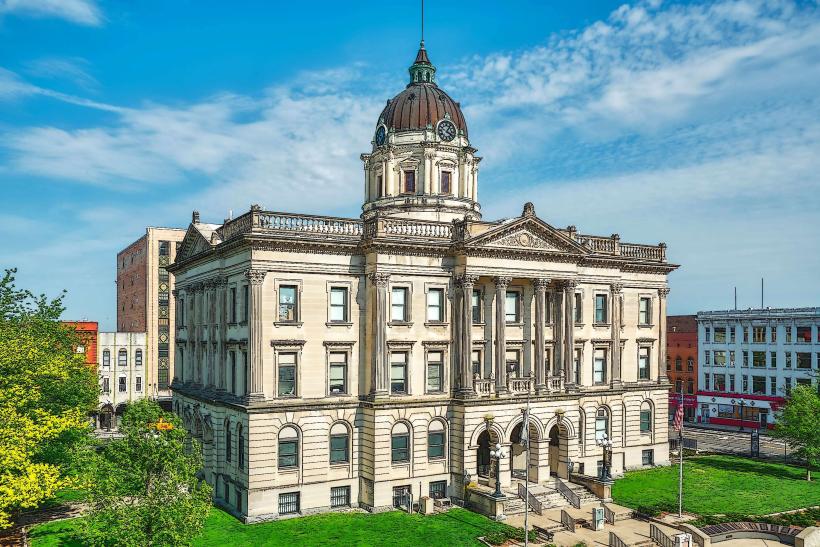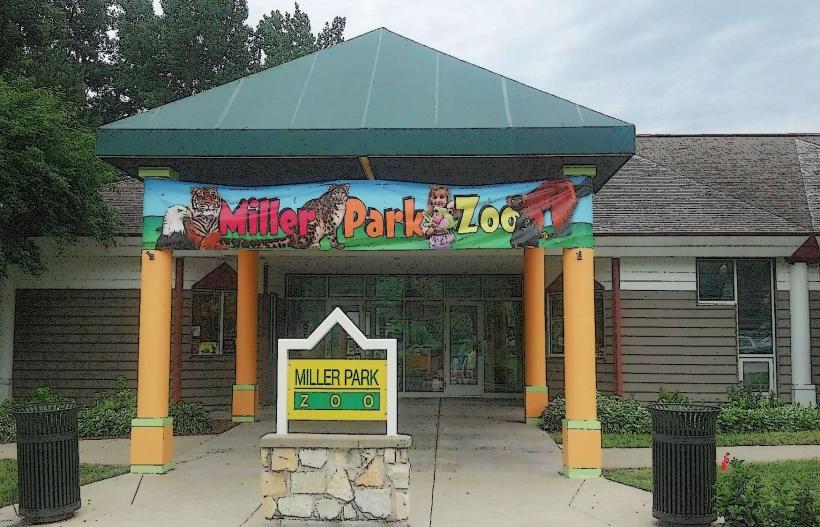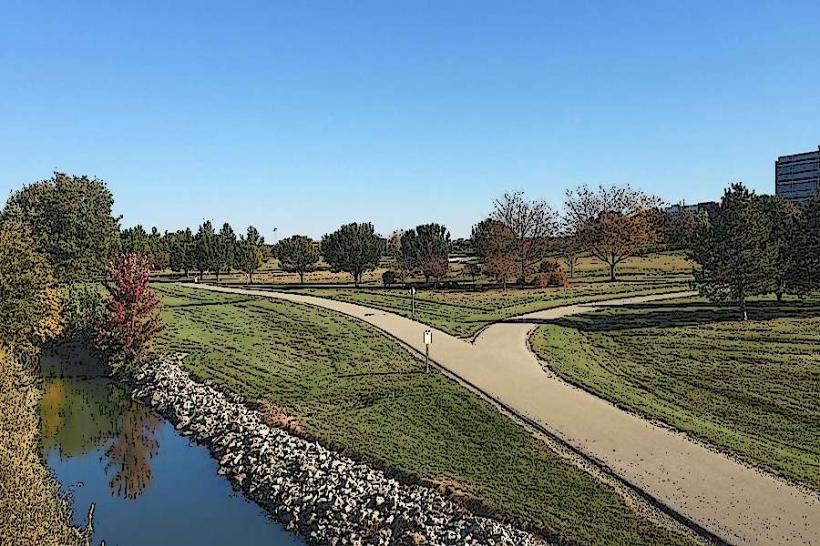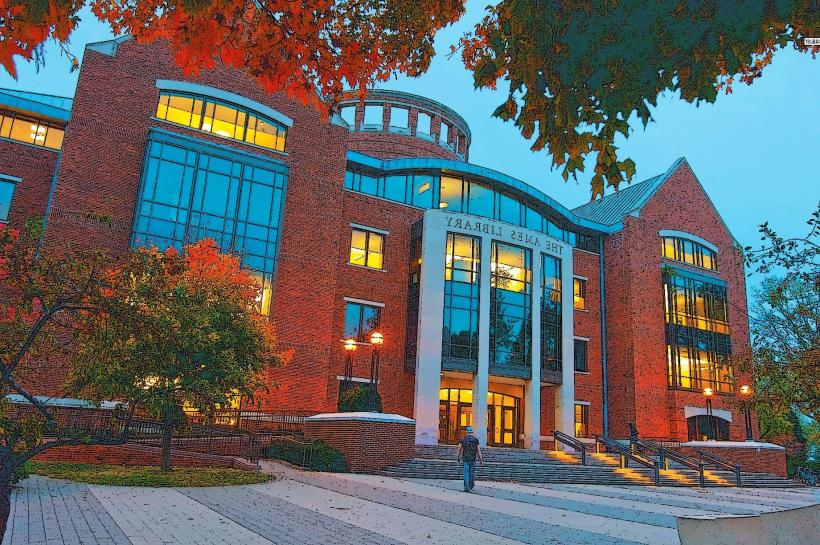Information
Landmark: David Davis MansionCity: Bloomington
Country: USA Illinois
Continent: North America
David Davis Mansion, Bloomington, USA Illinois, North America
The David Davis Mansion, also known as Clover Lawn, is a historic and architecturally significant Victorian estate located in Bloomington, Illinois at 1000 Monroe Drive. Built between 1870 and 1872, it was the home of David Davis, a prominent 19th-century jurist, politician, and close confidant of Abraham Lincoln, and his wife, Sarah Davis. The mansion stands as a symbol of post-Civil War wealth and influence and is one of Illinois’ most notable historic homes.
Historical Background
David Davis (1815–1886)
Davis was a key figure in American legal and political history. Initially serving as a lawyer and judge on the Illinois Eighth Judicial Circuit, he worked alongside Abraham Lincoln and helped manage Lincoln’s 1860 presidential campaign. In 1862, Lincoln appointed him to the U.S. Supreme Court, where he served for 15 years. Later, Davis was elected to the U.S. Senate, serving from 1877 to 1883. His political and judicial career made him a respected and influential leader.
Sarah Davis
Sarah played a central role in the mansion’s creation. She oversaw its design, interior decoration, and furnishing, reflecting both her personal taste and the family’s status. Sarah ensured the home was outfitted with modern conveniences and elegant furnishings, making it a showcase of Victorian sophistication.
Architectural Features
Architect: Alfred Piquenard, a French-born architect known for designing the Illinois State Capitol, designed the mansion.
Style: The mansion blends Victorian Italianate style with elements of Renaissance Revival.
Size and Structure:
The mansion is a three-story building with 36 rooms.
Constructed of yellow brick, it features a prominent 50-foot tower that adds to its stately appearance.
Interior:
The house includes eight marble fireplaces.
It was equipped with state-of-the-art technology for its time, such as indoor plumbing, hot and cold running water, central heating, and gas lighting.
Rooms are furnished with original Renaissance Revival pieces, including heavy carved wood furniture, oriental rugs, and period art.
Grounds and Gardens
The estate includes well-maintained lawns and gardens that complement the grandeur of the mansion.
The outdoor space historically provided a private retreat and included formal gardens that remain preserved today.
Preservation and Public Access
Historic Designations:
The mansion was listed on the National Register of Historic Places in 1972.
It was declared a National Historic Landmark in 1975.
State Ownership:
In 1960, the Davis family donated the mansion to the State of Illinois to ensure its preservation and public access.
Visitor Experience:
The mansion is open to visitors typically Wednesday through Saturday, 9 a.m. to 4 p.m.
Guided tours cover about 20 rooms on the second and third floors.
Visitors can view original furnishings, historic architectural details, and learn about the Davis family and their role in Illinois history.
Special Events:
The mansion hosts seasonal and themed events such as “Mr. Lincoln’s Birthday,” garden festivals, and festive holiday celebrations like “Christmas at Clover Lawn.”
Behind-the-Scenes and Educational Programs
A Behind the Scenes Tour is available for visitors who want a deeper look at the mansion. This tour includes areas usually closed to the public, such as the attic and basement, showcasing the mansion’s original mechanical systems and historic infrastructure.
The mansion offers educational programming that connects visitors with Illinois’ rich history and the legacy of the Davis family.
Importance
The David Davis Mansion is more than a beautiful historic home; it is a window into the Gilded Age elite lifestyle and a physical link to an important period in American history. It represents the personal success of David Davis, the political connections to Abraham Lincoln, and the cultural aspirations of the era. The mansion’s preservation allows visitors to experience the elegance and innovation of a late 19th-century estate while learning about the legacy of a key figure in Illinois and U.S. history.





